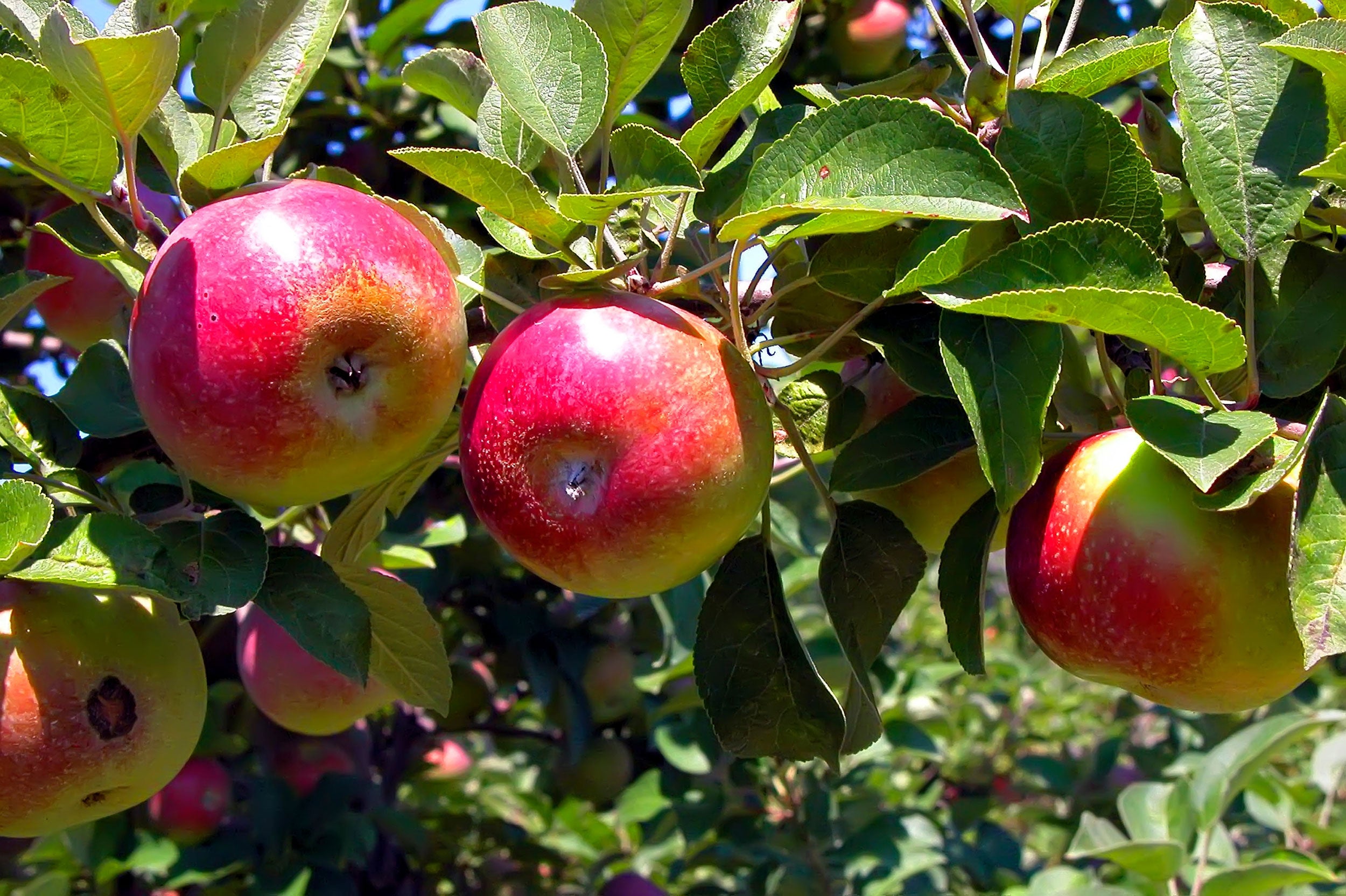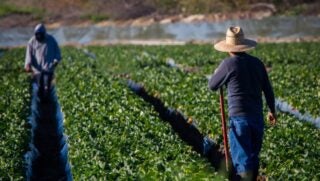A few years ago, I dropped off some grapes at a laboratory for testing to see whether they were getting close to harvest. When I stepped into the door, there were some apples laying on the counter — small apples and obviously from someone’s backyard. I commented on them, and the worker insisted I take one. “They are McIntosh from my backyard, and you have never tasted a better apple.”
Silently, I disagreed. Hard to beat a Fuji, though Cosmic Crisp comes close.
I often wonder why people get enthused about heritage crops, especially vegetables. Lots of them are subject to viruses and other diseases in which resistance has been bred into improved varieties. Some make poor quality fruit when exposed to adverse growing conditions — such as tomatoes that split in response to too much water, or get dry rot in a drought.
Granted, sometimes the old varieties taste better, a trait breeders have not paid enough attention to. But that is changing.
Heritage varieties have to be at least 50 years old. All heritage varieties are, of course, descendants of heritage varieties of an earlier time. For apples, their domestication began with travelers of the Silk Road around 2,000 years ago. A wild apple from central Asia, Malus sieversii, was gathered by travelers and the seeds scattered from China to Rome. The resulting seedlings hybridized with crabapples native to Asia and Europe, eventually resulting in the familiar apple of today, Malus domestica.
The Puritans and others brought their favorite varieties with them, and started their orchards from seeds. The practice was taken up by American Indians and trappers, spreading the apple throughout North America, with further hybridization with native crabapples taking place.
They may not always have known what kind of an apple they would get when they planted a seed, but along the way, some were outstanding and promulgated by cloning and grafting. Today over 7,000 varieties are grown in North America.
The McIntosh history starts in the early 1800s when John McIntosh found some apple seedlings growing on land he was clearing — probably the result of someone throwing away an apple core. He transplanted the seedlings near his house, and one of them eventually grew very desirable fruit. John’s sons cloned the tree from cuttings and began selling them in 1835 as “McIntosh Red.”
The variety became very commercially popular in Canada and the U.S. after 1900 when sprays for apple scab were developed.

John did what farmers had been doing for thousands of years: Harvesting the best plants in their fields and planting them. That’s how the gathering of seed of wild grasses by stone-age peoples resulted in the domestication of emmer, einkorn and spelt, the sources of modern durum and bread wheat. And that’s also how South American natives turned teosinte into modern corn.
Various types of rice grew wild in Asia, Africa, and the Americas. Ancient peoples domesticated them, beginning in China where paddy farming was invented some 7,000 years ago. Together with wheat and corn, these three crops provide over 50 percent of the world’s calories. There are about 30 other foods that are important in the world diet, but no single one provides more than 3 percent of the total.
Hunters and gatherers unknowingly made the first selections. Gathering seeds in the wild, they would have been gathering seeds that resisted shattering. Therefore, the seeds brought to their shelter that were spilled and subsequently sprouted grew plants that yielded more, while the plants at the gathering place increasingly fell to the ground before harvest. Perhaps this was the incentive for domestication, and domestication the incentive for selection of more improvements.
So back to why people grow heritage plants, plants that seem old to us, but are the result of centuries of selection, selection that is still going on with the breeding programs around the world. One reason given is that the old DNA is thus preserved in case we need it. But the old varieties are not lost: They are being preserved in hundreds of seed banks around the world — about 1,750 at present.
The U.S. Department of Agriculture holds over 600,000 accessions of major grain and legume crops along with related wild species in 20 regional seed banks around the U.S. (Accession: A sample of a breeding line, a cultivar, a landrace or wild relatives of a cultivar. Landrace: Heritage varieties that breed true, selected by farmers and have been grown for decades or centuries.) Other seed banks around the world specialize in potatoes, vegetables, fruits, or minor crops important to a region or country. Total accessions in banks number in the millions.
The largest seed bank is the Svalbard Global Seed Vault dug into a Norwegian sandstone mountain, 812 miles from the North Pole. Permanently frozen (hopefully), it currently holds 1.2 million seed samples from around the world. It is a seed bank for seedbanks, holding samples from other seed banks (111 so fare) in case disaster strikes. Syrian breeders sent their samples to Svalbard during their civil war, and retrieved them after hostilities cooled down.
An interesting delivery to the Svalbard site in 2020 was nine samples of corn, bean, and squash seeds from landraces the Cherokee Nation had grown for centuries before the arrival of Europeans.
Svalbard was built as a safe storage for the worlds seeds in case of nuclear war, devastating climate change, an asteroid hit or other disaster. But the protection of permafrost may not last forever, and excess water entering the facility has already been a problem. The real solution to adapting crops to a changing climate is to protect and preserve the lands where the world’s important crops originated, such as the hills of Palestine, Turkey, Syria and Iraq, where wheat, barley and rye still grow wild, sharing DNA with their neighbors and adjusting to changing conditions as they have done for thousands of years.
Jack DeWitt is a farmer-agronomist with farming experience that spans the decades since the end of horse farming to the age of GPS and precision farming. He recounts all and predicts how we can have a future world with abundant food in his book “World Food Unlimited.” A version of this article was republished from Agri-Times Northwest with permission.



